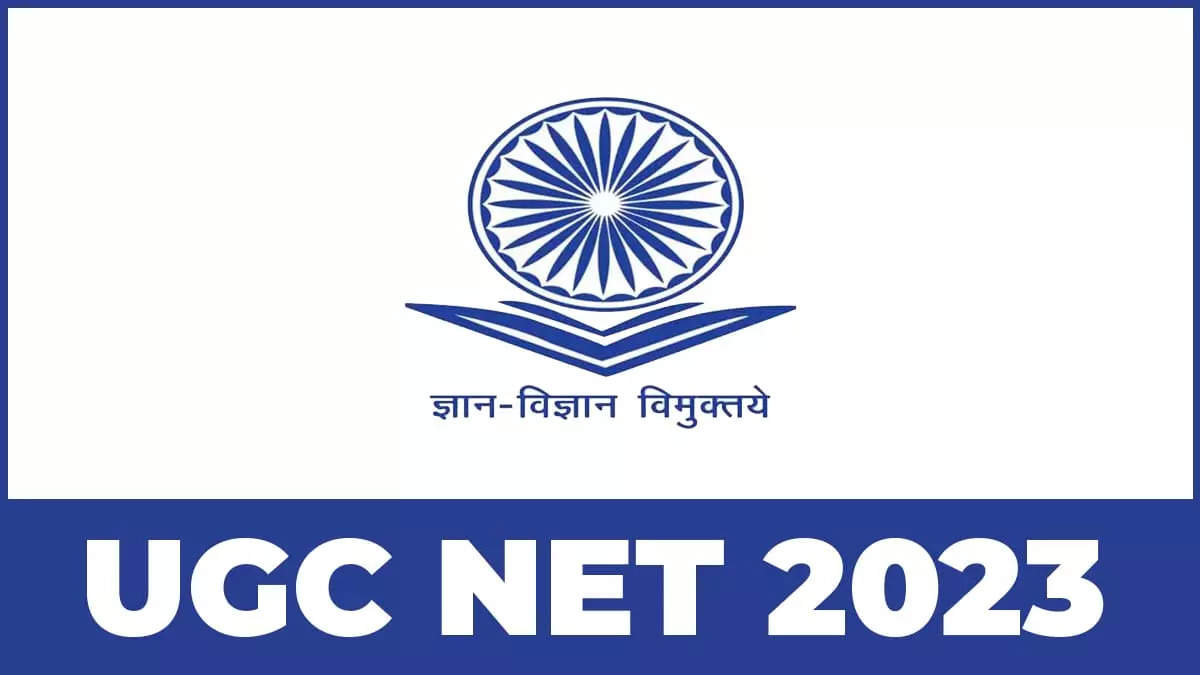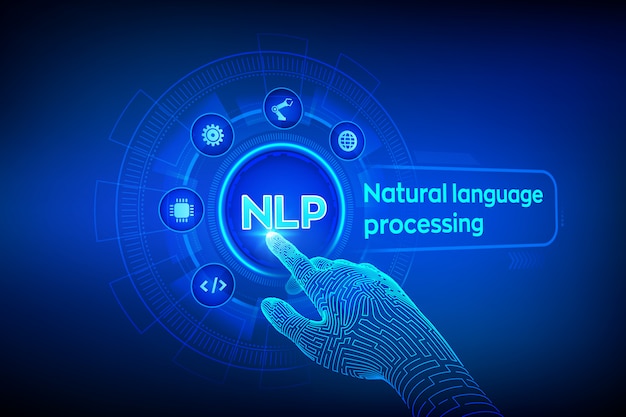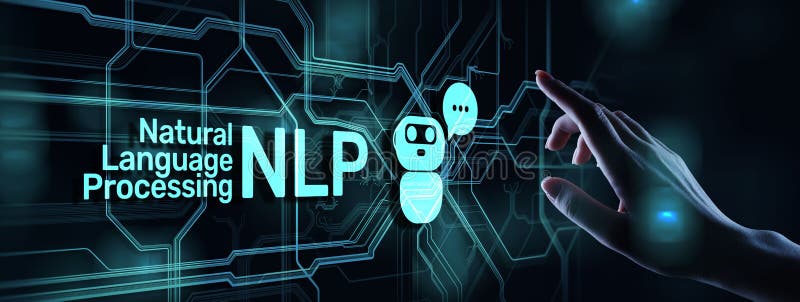|
|
| र.व.-२.२४ तामन्तिकन्यस्तबलिप्रदीपामन्वास्य गोप्ता गृहिणीसहाय: । क्रमेण सुप्तामनु संविवेश सुप्तोत्थितां प्रातरनूदतिष्ठत् ॥२४॥ |
| जाताभिङ्गो नृपतिर्निषङ्ग्दुद्ध् र्तुमैच्छ्त्प्रसभोद्धरुतारि: ॥३०॥ |
| शस्त्रेण रक्ष्यं यदशक्यरक्षं न तद्यश: शस्त्रभृतां क्षिणोति ॥४०॥ |
| जीवन्पुन: शश्वदुपप्लवेभ्य: प्रजा: प्रजानाथ पितेव पासि॥४८॥ |

































![हिन्दी दलित काव्य संवेदना [Hindi dalit kavya samvedana]](https://blogger.googleusercontent.com/img/b/R29vZ2xl/AVvXsEjmPCGNz-7XxiBD62O3qBofCnWoJzUQ48ONT7zewP_X4cmWWN0A-GAwhQAtuJhYF7DwL2grEgUEymGmCK8FwUyvSQ6mma9s7fM9xuu-RE72jAzYQ87wzTvSrygTL12AV38Ddhlj6DdOFX1WxhPKYYUGACAmwLei2GeyJ4Ew2jyIdAkKCsmPsW2c08tjQA/w72-h72-p-k-no-nu/Dahrmendra%20Kumar%20Allahbad%20(21).jpg)

